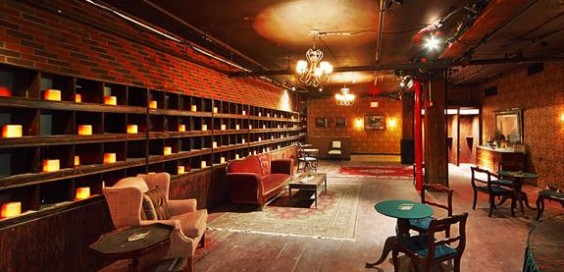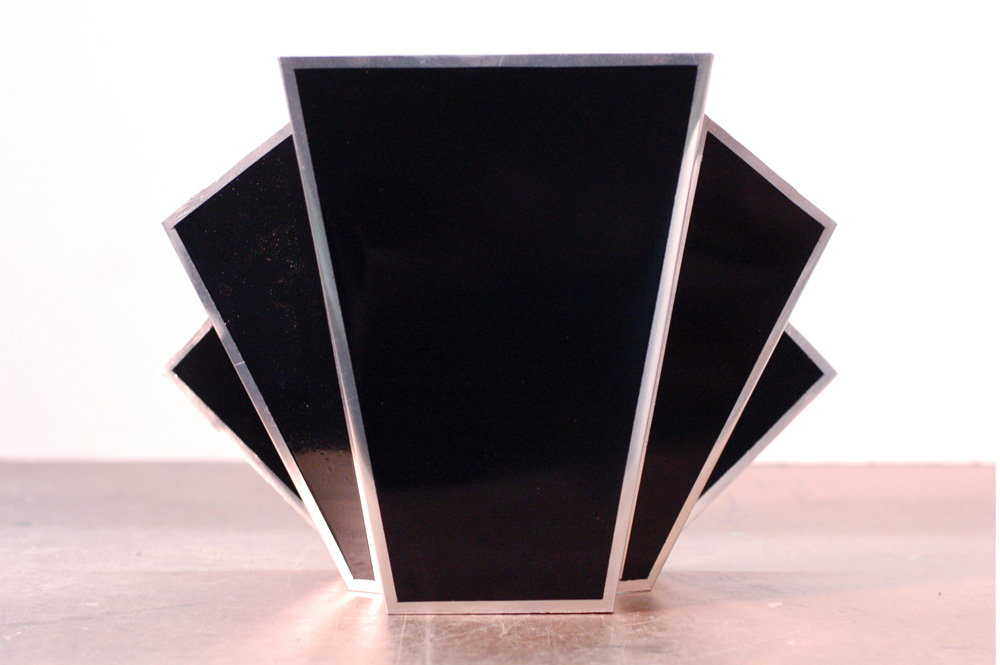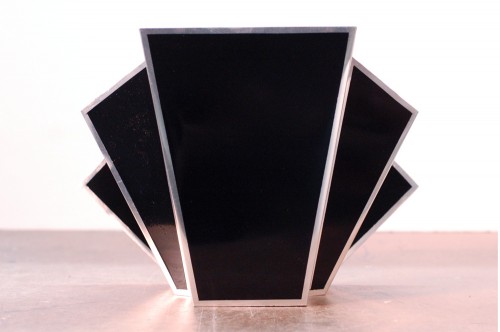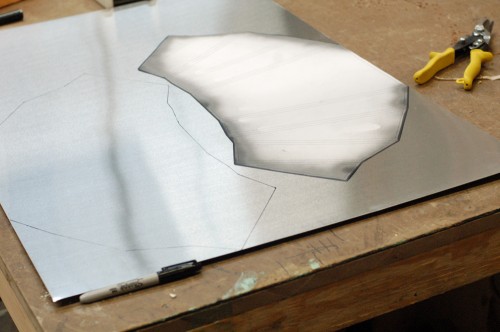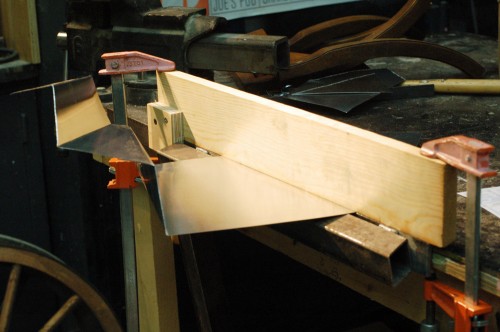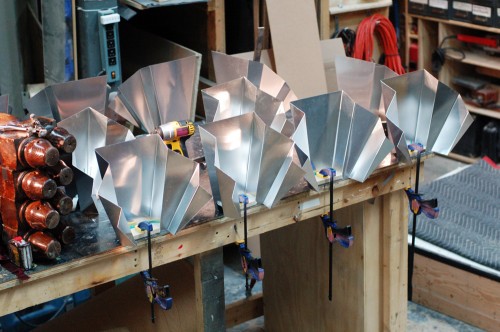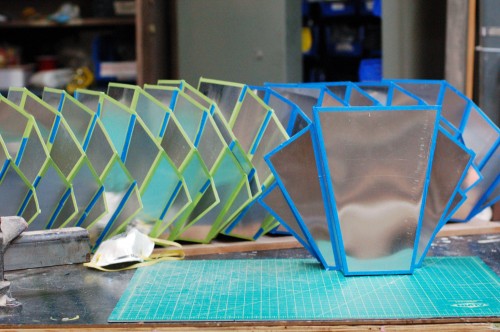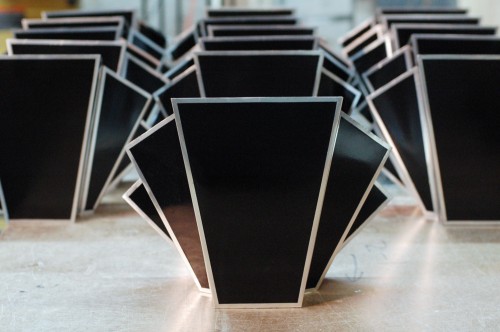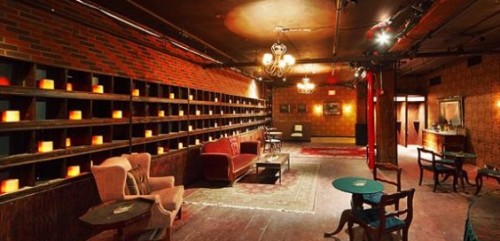
This week, I took a chance to watch Punchdrunk‘s current New York City production of Sleep No More. You may remember I previously wrote about Punchdrunk when I showed some Art Deco footlights I constructed for this production. I do not normally write about productions I see, but this was such a unique experience with a heavy reliance on props, so I thought I’d share.
First, some background. Punchdrunk is a British theatre troupe known for their immersive brand of promenade theatre. The actors are interspersed throughout a venue, and the audience is free to walk around and watch whichever scenes they wish, or just explore the space on their own. For Sleep No More, Punchdrunk has taken a set of three connected warehouses and lofts in Chelsea (former site of one of the super clubs back in the day) and transformed all six floors into a noir-ish world straight out of Hitchcock’s Rebecca, with many of the story elements from Macbeth. In other words, it’s “Shakespeare in the Dark”. The audience is given white masks to hide their faces, brought up an elevator in small groups, and set loose to explore the world and pick up pieces of the story. Hundreds of rooms have been created with literally thousands of props, with excruciating levels of detail. You can wander into a room which looks like an office, open a drawer in a desk, open a book, and find a scrap of paper with a note written by one of the characters. If it sounds like a lot of work went into this, it has; a team of artisans, shoppers and dozens of interns spent almost six months working non-stop on the physical production.
The New York Times has a wonderful article on Sleep No More. You really have to click through to the interactive feature where you can view a photo slideshow with audio commentary on a few of the hundred rooms in this piece. The pictures give you a better sense of the “look” of the place than I can describe. The “gestalt” of the piece, however, is something which not even pictures can describe. The whole experience is so intense, and the conventions it creates and exploits serve to create a uniquely theatrical event; “theatrical” in the sense that it can only be done as live theatre, with any attempt to transform it into film, text or interactive digital inevitably falling far, far short. You can read another write-up at the Wall Street Journal. Unfortunately, the New York Times article is the only source of photographs for this production, as the Punchdrunk group plays their marketing close to the vest to keep an air of mystery and discovery to the whole affair.

